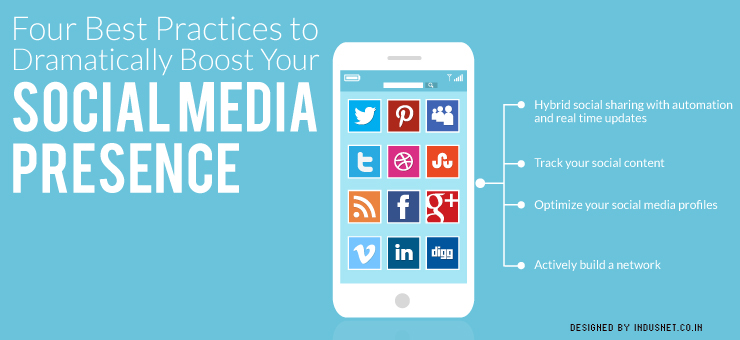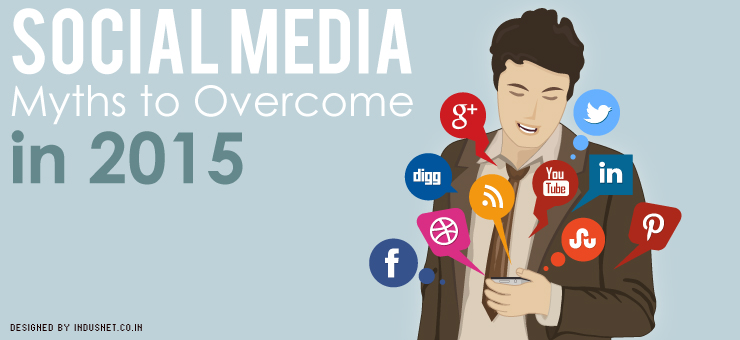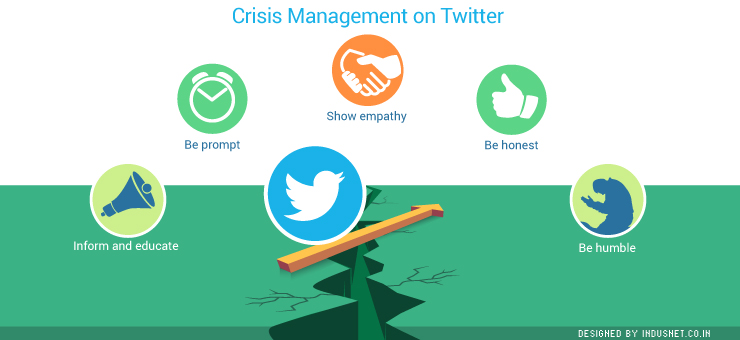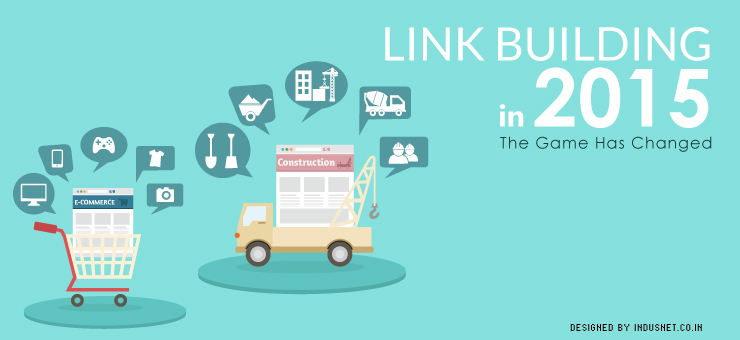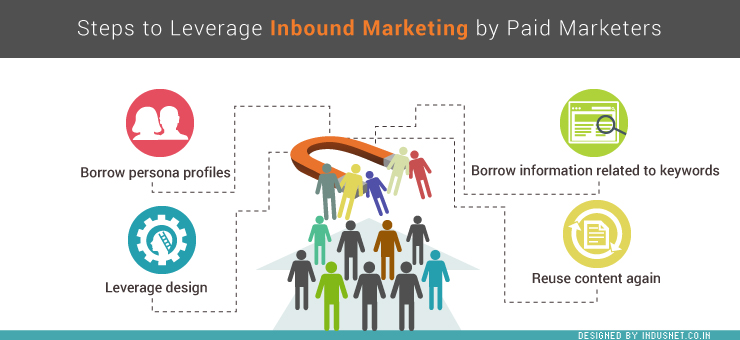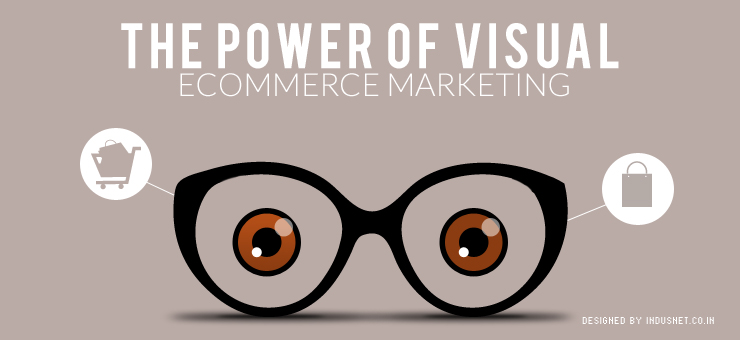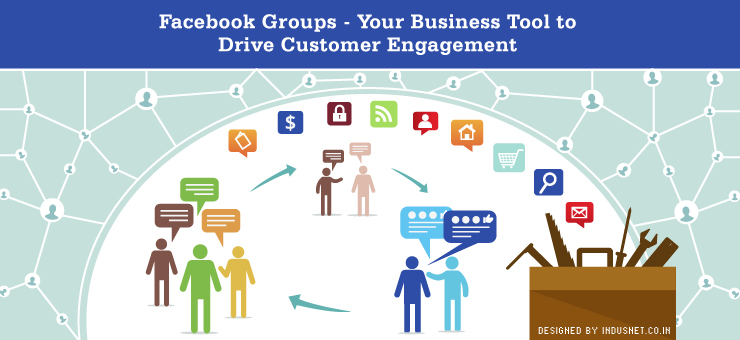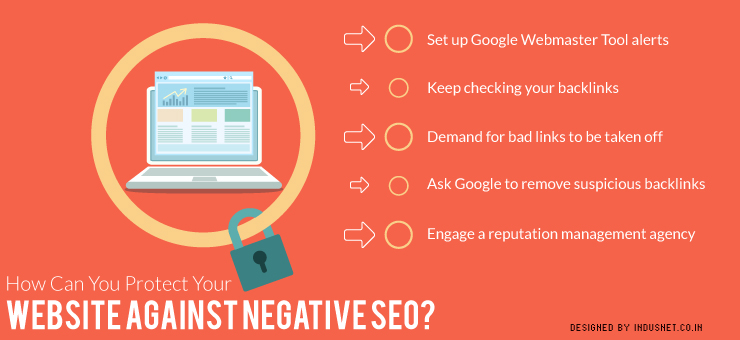
How Can You Protect Your Website Against Negative SEO?
With a lot of focus on black hat SEO techniques, people often forget that there is another threat lurking around the corner. Negative SEO has turned out to be one of the most formidable forces against good link building and site administration. A number of companies and individuals have lately become victims of negative SEO, which is a term used to describe unethical practices meant to bring down competitor’s SEO rankings. If black hat SEO techniques are meant to increase search engine rankings unethically, negative SEO aims to bring down genuine websites’ SEO rankings by attacking them with spammy links, copying the website’s content and posting it all over the web so that Google thinks it is duplicating content & also crippling a website’s speed by sending across thousands of requests each second to your server. It can also mean that a potential negative SEO crook contacts of other websites who have linked to you and ask them to remove those links by impersonating you. Having a website and damaging someone’s reputation on social media also is related to negative SEO. What could be done to protect a website against negative SEO? In this article, let us take a look at a few steps that are intended to help you protect your own website: 1. Set up Google Webmaster Tool alerts First, you need to turn on the Google Webmaster Tool alerts, which will notify you if Googlebot cannot access your website or if something else goes wrong. However, by this time, the damage would have already been done to your website. Thus, it is important to keep other options in hand. It is not possible to simply rely on Google Webmaster Tool alerts. 2. Keep checking your backlinks The best way to safeguard yourself against negative SEO is to check your backlinks often. You need to create a system that will help you to track all your inbound links with the help of tools like Link Research Tools, Google Webmaster Tools or Open Site Explorer. CognitiveSEO helps you to automate this process. If you see an unusual number of low quality backlinks, there is something wrong going on. 3. Demand for bad links to be taken off Sometimes, you can directly ask those who have been troubling you to take off those links that bother you. It might not work but it is always a good idea to be proactive and search everything in our toolbox. You can also request Google to intervene when things go out of hand. At least, you will have proof that you contacted those who were linking your website with spammy links to remove them. 4. Ask Google to remove suspicious backlinks You can request Google to disavow backlinks that seem spammy. If you are not able to do so, you can try and update your disavow.txt file. You can make a list of links that you don’t want to link to your website and you can upload it to Google. Another way to do this is by using the Spam Report Form that will help Google to know which site is spammy and which isn’t. It is not clear if this trick will work but it is worth trying. 5. Engage a reputation management agency At times, it is a good idea to contact a reputation management agency, if there are a lot of unfair and negative comments about your company on social media. Sometimes, competitors leave behind nasty comments so that your company’s reputation goes down on social media. You could seek the services of a reputation management company to sort this problem out. Looking forward If you are unable to do anything at all about negative SEO, you can seek professional help. One of the other ways to tackle negative SEO is to build a website that is so awesome that no amount of unfair and unethical SEO practices would harm you. If you write content that is so authoritative and formidable that every other important site links to your website, the effect that spammers would have on you will drastically reduce. It is important to bear all these tricks in mind and protect oneself against negative SEO. It is a real threat and it is wise to contact professionals when things go too far.
